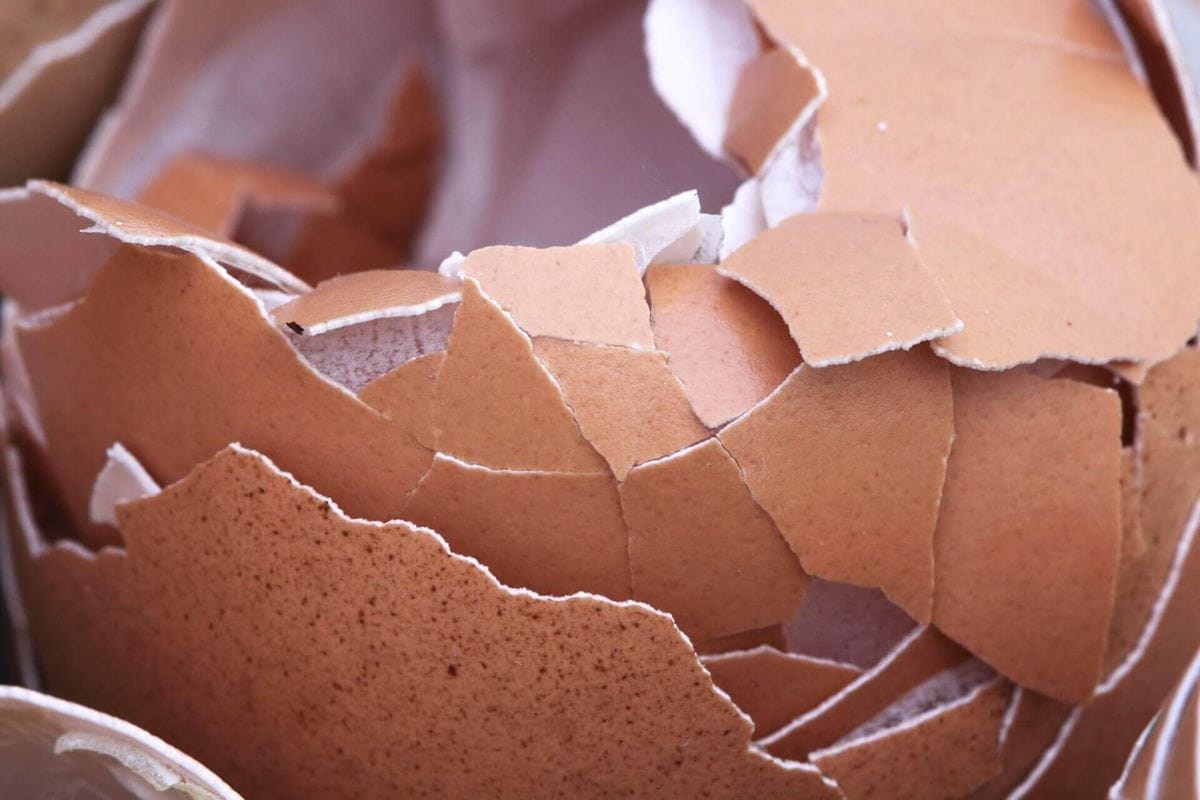11/10/2018 03:07 PM
Many people will have read in the news recently that we are likely to have an invasion of slugs this summer. Hopefully this is an exaggeration because the last thing we want is for gardeners to resort to slug pellets as a way of pest control. In this guest blog post Snuffles Hedgehog Rescue based in Sutton Coldfield, West Midlands share their top 10 tips for effective slug management without harming hedgehogs, pets and other wildlife.
Many slug pellets contain metaldehyde, a lethal poison, which will kill a hedgehog if it eats a slug that has been poisoned by a slug pellet. Even so called organic slug pellets can be lethal for hedgehogs and other animals. Please consider using alternative but very effective methods of slug control. There may be a bit more preparation involved but you can be assured that you won’t be killing off hedgehogs, other wildlife or domestic pets.
There are a few good websites with helpful suggestions www.hedgehogstreet.org or www.slugoff.co.uk
Every year Snuffles Hedgehog Rescue admits many hedgehogs that have been poisoned by slug pellets. Unfortunately, there is usually nothing we can do for hedgehogs that have been poisoned other than give pain relief as they always die.
Encourage predators
Birds, frogs and toads all like to snack on slugs. Ducks and some hens also enjoy snacking on them too. Hedgehogs eat slugs but as slugs are carriers of lung worm if a hedgehog eats too many slugs they are likely to develop severe lung worm. Many people don’t realise that slugs should ideally only make up 5% of a hedgehog’s diet. The best food for them is beetles, worms, millipedes and other insects. We always recommend additional feeding if you know you have hedgehogs wandering through your garden at night. Meat based cat or dog food in jelly (not gravy) or meat based cat biscuits is the food of choice and don’t forget lots of fresh water. A hedgehog can drink up to a 1/3rd of a litre of water each night.
Beer traps and sprays
Bury shallow plastic containers around your garden (take away containers are the ideal size) and put beer in each one. Alternatively pour some beer into a spray bottle and spray all the weeds. As the slugs like the beer so much the idea is that they'll eat the weeds, leaving your precious plants alone.
Egg shells
Collect and wash egg shells then heat in the oven to harden them. Put the egg shells in a food processor and blitz until small, then place a ring of egg shell around seedlings or anything you want to protect from slugs.

Copper tape
Place a thick band of copper tape (available from most garden centres) around areas that you want protecting or around plant pots. This is a great slug deterrent as if they touch the copper they get a blast of static electricity.
Bran
Place a circle of bran around each plant ensuring it doesn't touch the stems. As slugs are almost entirely made up of water, the bran has a desiccating effect which kills them.
Grow slug resistant plants
Some plants are known to repel slugs so placing plants such as Astrantia, Lady’s Mantle, Dianthus, Foxglove, Geranium, Peony, Lavender, Phlox, Alyssum and Lobelia, African violet, Strawberry Begonia and Gloxinia may help.
Slugs and snails don't like plants that have tough, difficult-to-chew leaves. Slug resistant plants in this category include evergreen shrubs, grasses and ferns as well as plants like hellebores. They will also avoid any plants that taste bitter or have a milky sap, like euphorbias. Other great slug resistant plants are any with pungently fragranced leaves, so herbs such as Lavender, Parsley or Rosemary are a good choice for the slug-free garden. Plants with growth that is hairy, waxy or glossy are also too tricky for slugs and snails to travel over, so choose hairy plants such as Alchemilla, Stachys, Pulmonaria and Geraniums, or glossy leaved plants like roses and fuchsias.
Avoid watering your garden in the evening
Slugs are most active at night and thrive in moist conditions. Water the garden in the morning so the surface soil will be dry by the evening. This can reduce slug damage considerably.
Orange and grapefruit skins
If you place halves of squeezed oranges or grapefruits the slugs will be attracted to the shells and makes it easier to gather up the slugs and then dispose of them afterwards.
Garlic spray
This is a well used deterrent. Make a spray by boiling 2 bulbs of garlic crushed in 2 pints of water for 5 minutes. Strain the mixture and add more water to make up to 2 pints. Let the mixture cool before use. Use a spray bottle and spray the area you want the slugs to avoid.
Collect the slugs in the evening
One method of doing this is to create a slug friendly area by planting lettuce and cabbage just for the slugs. When they gather for their night time feast you can go around your garden and gather them up or leave them in this area. There are many ways of disposing of them including putting them in a bucket of salty water. This seems a rather cruel way of killing them off but please choose the least painful method.
Please make sure that any visiting hedgehogs can freely move between gardens by creating a 5” square gap in your fence or under your gravel board on each side and at the rear of your garden. Jacksons hedgehog friendly gravel boards are ideal for this too.
Visit our website www.snuffles-rescue.com for lots more advice and information about how to keep wild hedgehogs safe.
Take part in the Snuffles “keep hedgehogs safe” challenge by using chemical free slug management methods. Let us know how you get on via the contact us page of our website.
Happy gardening!
Check out our blog post on green gardening for related information.